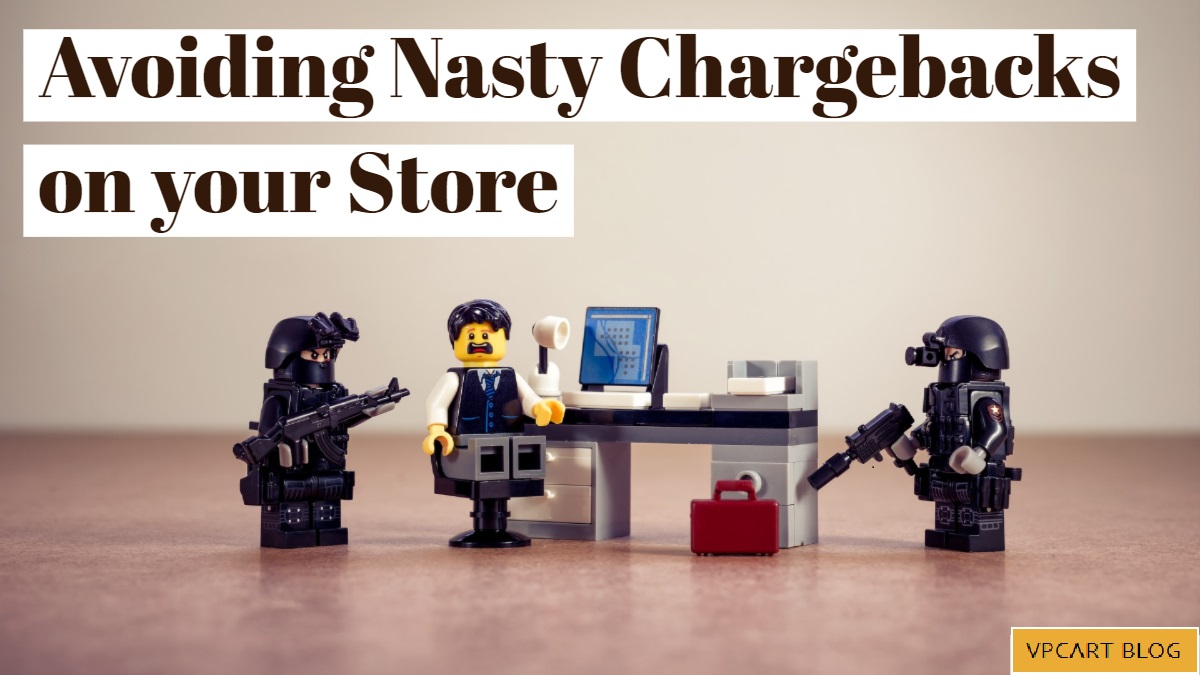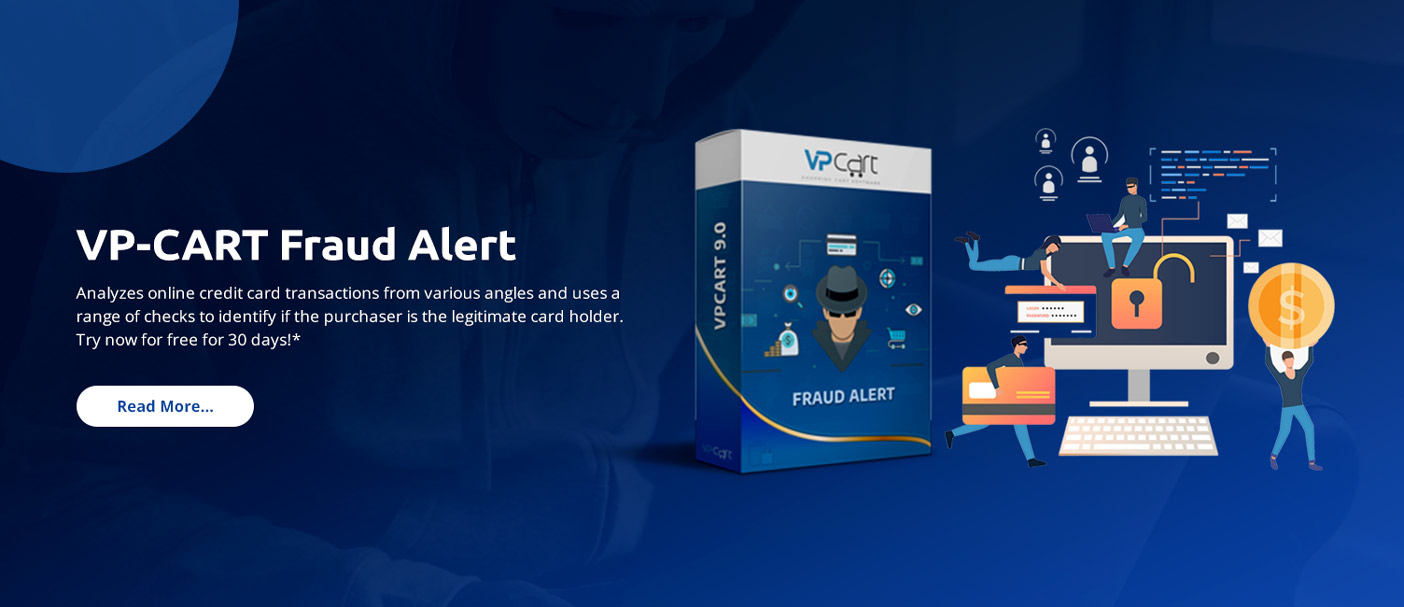Avoiding Nasty Chargebacks on your Store


Chargebacks are a common characteristic of eCommerce trade, at one point or the other, every online seller will eventually have to deal with a chargeback. With chargebacks making up a substantial percentage of lost revenue for many online sellers, avoiding chargebacks should, therefore, be a crucial part of profitably trading.
What are Chargebacks?
Chargebacks refer to the scenario where the cardholder whose card was used to pay for online goods contacts their card provider and successfully requests for a refund on the transaction. The provider then triggers a “chargeback” with the credit card network which in turn reclaims the amount via the merchant’s payment processor.
Market statistics show that this has become a growing problem for eCommerce companies, with credit card chargebacks rising at a steady rate of 20% each year. The stats further reveals that 40% of the consumers that filed for chargebacks will do so again within 60 days. And 50% of those people will file another one within 90 days. Alarming right!
Banks and credit card companies make it easy for their customers to dispute charges on their accounts which puts eCommerce companies in the tight spots of paying the price for this behavior.
Where Do Your Chargebacks Come From?
There are many possible scenarios, but for this blog post, we will be focusing on the following instances:
a. A cardholder makes a purchase, then suffers from “buyer’s remorse,” regretting the purchase but not wanting to confront the merchant.
b. The consumer claims the transaction is unauthorized and files a chargeback.
c. The bank issues a chargeback with a fraud-related reason code, and the merchant accepts this reasoning.
d. The merchant takes the reason code at face value and feels the need to beef up fraud prevention tactics, making the checkout process more difficult for other users.
e. The chargeback itself was trouble enough, but now things get worse. Not only are the extra fraud detection efforts unwarranted, but the added friction also causes the merchant to lose legitimate business.
f. Worst of all, because the transaction was authorized and friendly fraud was the real culprit, the merchant is doing nothing to resolve the true issue and this simply means the problem will keep reoccurring.
For the merchant, there is lost revenue, lost merchandise, and some very pissed off customers.
What is the real cost of chargebacks?
A successful chargeback has significant costs for a merchant. The merchant loses not only the amount that it was to receive as part of the transaction, but also any goods shipped or services supplied. It also incurs chargeback fees, which can be very substantial,
1. For starters, a variety of fees accompany each chargeback, ranging from $20 to $100. These fees are for covering the costs of the chargeback process. They also have a penal effect, serving as an incentive for merchants to fight chargebacks.
2. The costs of processing the transaction, including the interchange fee, are all part of a Sunk Cost. And should the merchandise be shipped, the chargeback amount will also include the shipping and handling.
3. The merchant also loses the cost of the goods. Merchandise associated with a chargeback is rarely returned, so the merchant forfeits the money spent on the item and any potential for future profitability.
4. Chargebacks allow banks to forcibly remove funds from the merchant’s account. Unless the merchant’s represented case is successful, that revenue is lost forever. This alone amounts to an average of 206 fraud-related chargebacks per month, costing a median of $146 on each.
5. Merchants can choose to dispute the chargeback, but that is an expensive, time-consuming, labor-intensive process, wasting even more of the merchant’s resources.
6. Finally, excessive chargebacks also increase the odds of a terminated merchant account, leading to placement on the MATCH list. Being MATCHed forces the merchant to use high-risk payment processing, with extra fees, a revenue-siphoning account reserve, and very expensive periodic reviews. LexisNexis determined that the real cost of a chargeback due to fraud, in particular, is $2.40 for every $1 in the nominal transaction amount.
A merchant account that regularly exceeds industry levels of chargebacks can quickly be blocked by the payment processor. And a merchant that cannot accept payments will be out of business in no time.
Avoiding chargebacks?
The very first step to avoiding chargebacks is determining the actual triggers of the chargebacks. Despite the numerous fields used by card networks to categorize a chargeback, there are only three generally accepted sources:
Criminal Fraud: Top on the list is Criminal fraud, and this should be no surprise given the figures involved: the total loss due to card not present (CNP) fraud in the US is due to hit $6.4bn in 2018. More than half of all chargebacks are blamed on credit card fraud, but less than 10% of chargebacks are actually due to criminal activity.
The recipe for preventing eCommerce fraud lies in deploying effective fraud prevention measures. Using the right business tool ( Like VPCART Fraud Alert), Merchants can successfully filter out transactions that pose a real risk of a chargeback not only save on the costs involved with a chargeback, but also maintain their reputation. A capable fraud prevention solution will, in the long run, maintain a solid layer of trust in your business.
Merchant Error: Faulty business practices, unchecked policies, processing errors — several merchant missteps can cause chargebacks.
Friendly Fraud: Also known as chargeback fraud, this practice is sometimes due to a lack of understanding on the part of the consumer. Many times, however, it is a form of “cyber shoplifting.” Savvy shoppers detect and exploit loopholes in the chargeback process to game the system and secure an undeserved, no-hassle refund. All attempts to fight chargebacks will fail unless you know the true cause.
In Conclusion
Considering the relatively narrow profit margins of many online retailers, it requires only a very low percentage of chargebacks before profits are eroded significantly. Start by implementing sophisticated, reliable and capable fraud detection systems, focus on eliminating chargebacks that are the result of a misunderstanding from the customer’s side, and finally, make sure you can rely on all your business partners to deliver when needed.




















 TrustGuard - PCI Security Scanner
TrustGuard - PCI Security Scanner
